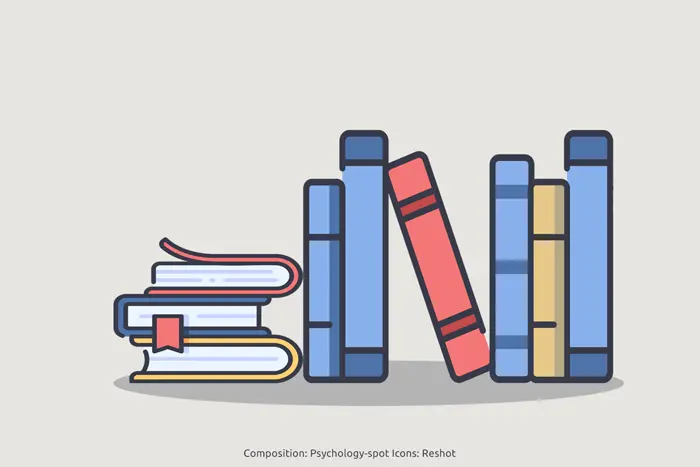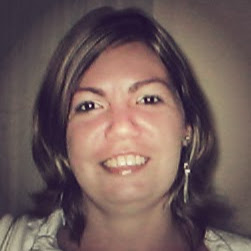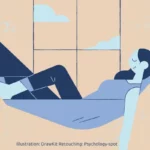
“The moment is eternal […] Everything just turns in a circle. What begins must end, what comes to life must then die. Everything is compensated, the good and the bad, the beautiful and the ugly, the stupidity and the wisdom”.
These words could have been taken from the Tao Te Ching or some ancient Buddhist manuscript, but they come from one of the most successful children’s books of all time: “The Neverending Story”.
The work, first published in 1979, translated into more than 36 languages and adapted for the big screen, has been classified as escapist or fantastic literature, although most psychologists have seen in it a coded journey through grief and depression.
However, the book “The Neverending Story” has several layers of meaning, to the point that it could also be considered as an initiation text to Buddhism. In fact, the author of it, Michael Ende, was fascinated by Japan since his childhood and visited the country several times. In 1977 he took advantage of his first trip to exchange ideas with a Zen monk, so it is not surprising that the Buddhist philosophy is transparent in his work.
As a result, the book “The Neverending Story” reveals important and complex clues for those who want to better understand this philosophy and delve into it.
The First Step: Regaining the Capacity to Desire
Through the eyes of a child, Ende leaves us clues about Buddhism. In fact, it is not even a coincidence that the protagonist is a child because it represents the mind that has not yet been completely filled with social conditioning and is still open to wonder and fantasy, letting itself be carried away by an insatiable curiosity.
Bastian has the task of saving Fantastica, but in reality his true mission is to find himself and discover what he wants. The only rule he receives to move around the Fantastica world is: “Do what you want”, the words written behind Auryn, the medallion with the two snakes that actually represents the symbol of yin and yang.
However, that “Do what you want” does not mean that he can do what he wants, but that he must follow his wishes, which are the common thread of the second part of the book. His wishes will lead him to find his true will. That is the search that Bastian undertakes for Fantastica, although he is not fully aware of it at first.
It is no coincidence that wishes appear again and again in the book “The Neverending Story” since ancient wisdom gave them special importance.
The word desire comes from the Latin “sideris”, which means “stars”. Therefore, in the old days “to wish” meant to stop looking at the stars; that is, stop “con-sidering” the path marked by the constellations to look inside and ask ourselves what we wanted. Desiring is, therefore, stop being conditioned by the powers above, around and inside us (represented by the stars) to serch for something new, something we miss. In fact, the Word desiderium in latin also indicated a lack.
That authentic desire is what will move Bastian. “The paths of Fantastica can be found thanks to your wishes. You can proceed with only one successive wish. What you don’t want remains inaccessible. That is the meaning of the words ‘near’ and ‘far’. It is not enough just to leave a place. You must want to reach another. You must let yourself be guided by your desires.”
Bastian discovers that wishing is complicated because in everyday life we limit ourselves to wish what others want. We forget to wish. In fact, at a certain point along the way he laments: “It’s strange that you can’t just want what you want.”
Therefore, in order to progress through Fantastica, Bastian must learn to connect with his deepest desires. When he discovers them, once he is clear about what he wants, the will comes, which is what allows him to make the right decisions that will lead him to make his wishes come true.
Instead, the lack of desires and dreams, the lack of imagination and creativity, make up the Nothing that destroys Fantastica.
The second step: Take the path without judging
Another key concept that is repeated throughout the book “The Neverending Story” is related to the Buddhist idea that opposites complement each other. “You must leave without weapons. You must let happen everything that should happen. Everything must be the same for you, Good and Evil, Beautiful and Ugly, Stupidity and Wisdom […] You should only search and ask, but never sentence according to your judgment”, wrote Ende.
In Fantastica all kinds of beings coexist. Each one is different and none is judged. Ende emphasizes throughout the entire work the need to pay attention to reality without establishing value judgments or placing labels because it is the only way to perceive without conditioning and establish genuine relationships.
He conveys the idea that absolutely all beings are necessary, with their virtues and supposed defects, because they complement each other. He intends to break the dichotomous and moralistic thinking characteristic of the Western culture showing that there is a balance between things and that they are all necessary, even if we don’t like some of them.
In fact, it alerts us to the words we use to label and how they become a trap. “Men live on ideas and those can be guided as one wants.” In Buddhist philosophy, a differentiation is established between ideas and reality, since the former are often a distorted image of it. For this reason, Ende affirms that “In order to have power over men, it is enough to change their ideas”. But since ideas do not always reflect reality, they become fertile ground for lies.
According to Ende, “That is the only power that really counts” in today’s society, the power to distort reality by manipulating people’s opinions and lives. But “When one becomes a servant of power, he is left without will and unrecognizable. It leads men to buy things they do not need, to hate what they do not know, to believe things that make them obedient, or to doubt what could save them.”
Ende, therefore, encourages us to leave the world of words, labels and judgments to verify reality, a reality that can be as wonderful as it is crude because it is not guided by human laws but by the flow of nature. He encourages us to leave dichotomous thinking behind to embrace holistic thinking in which there is no absolute good or bad.
The third step: Get rid of the intention
In Buddhism there is the practice of not intending. It is a difficult concept for the rational mind to understand because it seems impossible for us to be able to act consciously without intentionality. It seems impossible to desire and at the same time get rid of the intention. In fact, it is often one of the most difficult practices to attain even for those experienced in meditation.
However, it is one of the most valuable initiation clues that Ende leaves in one of the book’s chapters. When Atreyu must pass through the Keyless Door, behind which he may find the answer he is seeking, he must cast off the intent. “If you manage to forget about any intention to pass and you don’t want anything else, then the door opens by itself, as if by magic,” Ende explained.
In the same way, in meditation, the person is often encouraged to get rid of the goals because they can end up guiding the mind and away from the answers that he is looking for. It is an integral awareness without effort, in which we learn to be fully aware, but without judging reality, simply living it.
This state of consciousness allows us to insert ourselves into the Wu-wei, or state of flow as it is known in Psychology. At that point we perform a non-dual action because there is no separation between the subject and the object. On the contrary, the subject merges with the activity that performs. In this state, the mind remains attentive and awake, but it does not stop on anything, neither on the facts nor on the thought, but it keeps flowing, naturally making the decisions that will lead us to make our authentic desires come true.
The book “The Neverending Story” is, from this perspective, a true infinite story because it contains innumerable meanings and symbols, so that every time we reread its pages we can discover a new clue. It is not, therefore, a book just for children, but for curious minds who never tire of searching. It is a book for those who “Always wanted to be someone else, but had never wanted to change themselves”, as Ende said.




